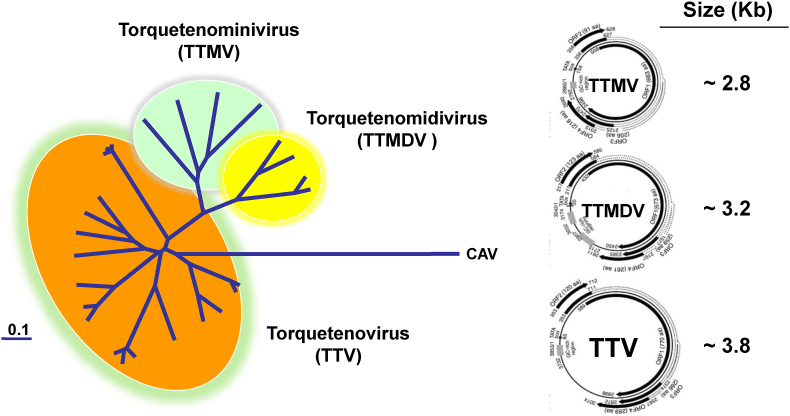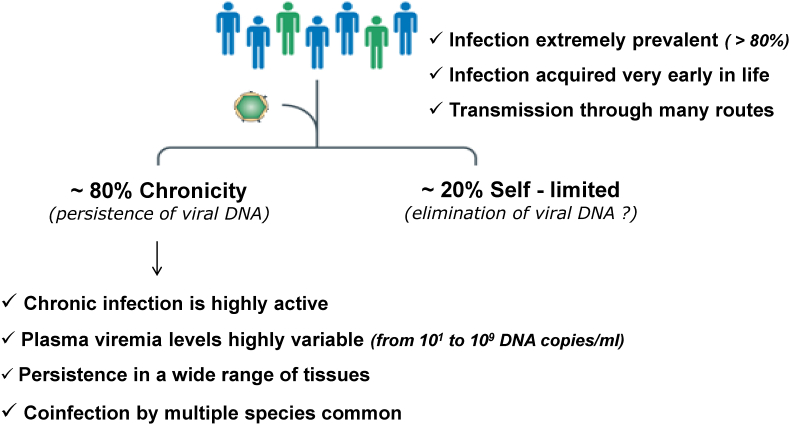TTV and other anelloviruses: The astonishingly wide spread of a viral infection
引用次数: 3
Abstract
The broad family of viruses known as anelloviruses (AV) infects both humans and numerous animal species. They have a tiny, covalently closed single-stranded DNA genome and the astonishing capacity to infect a very high percentage of healthy and ill people with chronic infections that could last a lifetime. AV, and particularly the prototype Torquetenovirus, have established a successful interaction with the host's immune system and the rate at which they replicate is a gauge to measure overall immune function, even though many aspects of their life cycle and pathogenesis are still poorly understood.


TTV和其他类病毒:一种病毒感染的惊人的广泛传播
被称为anelloviruses(AV)的广泛病毒家族感染人类和许多动物物种。它们有一个微小的、共价封闭的单链DNA基因组,具有惊人的能力,可以感染高比例的健康人和病人,使其感染可能持续一生的慢性感染。AV,尤其是Torquetenovirus的原型,已经与宿主的免疫系统建立了成功的相互作用,它们的复制速度是衡量整体免疫功能的一个指标,尽管它们生命周期和发病机制的许多方面仍知之甚少。
本文章由计算机程序翻译,如有差异,请以英文原文为准。
求助全文
约1分钟内获得全文
求助全文
来源期刊

Aspects of molecular medicine
Molecular Biology, Molecular Medicine
自引率
0.00%
发文量
0
审稿时长
38 days
 求助内容:
求助内容: 应助结果提醒方式:
应助结果提醒方式:


